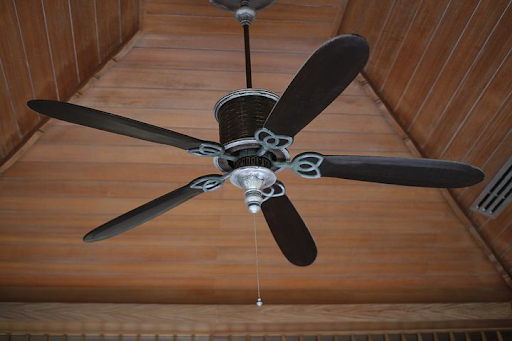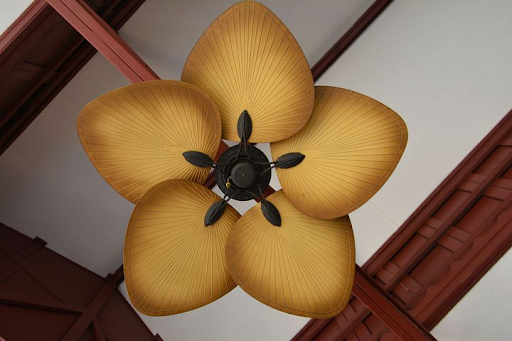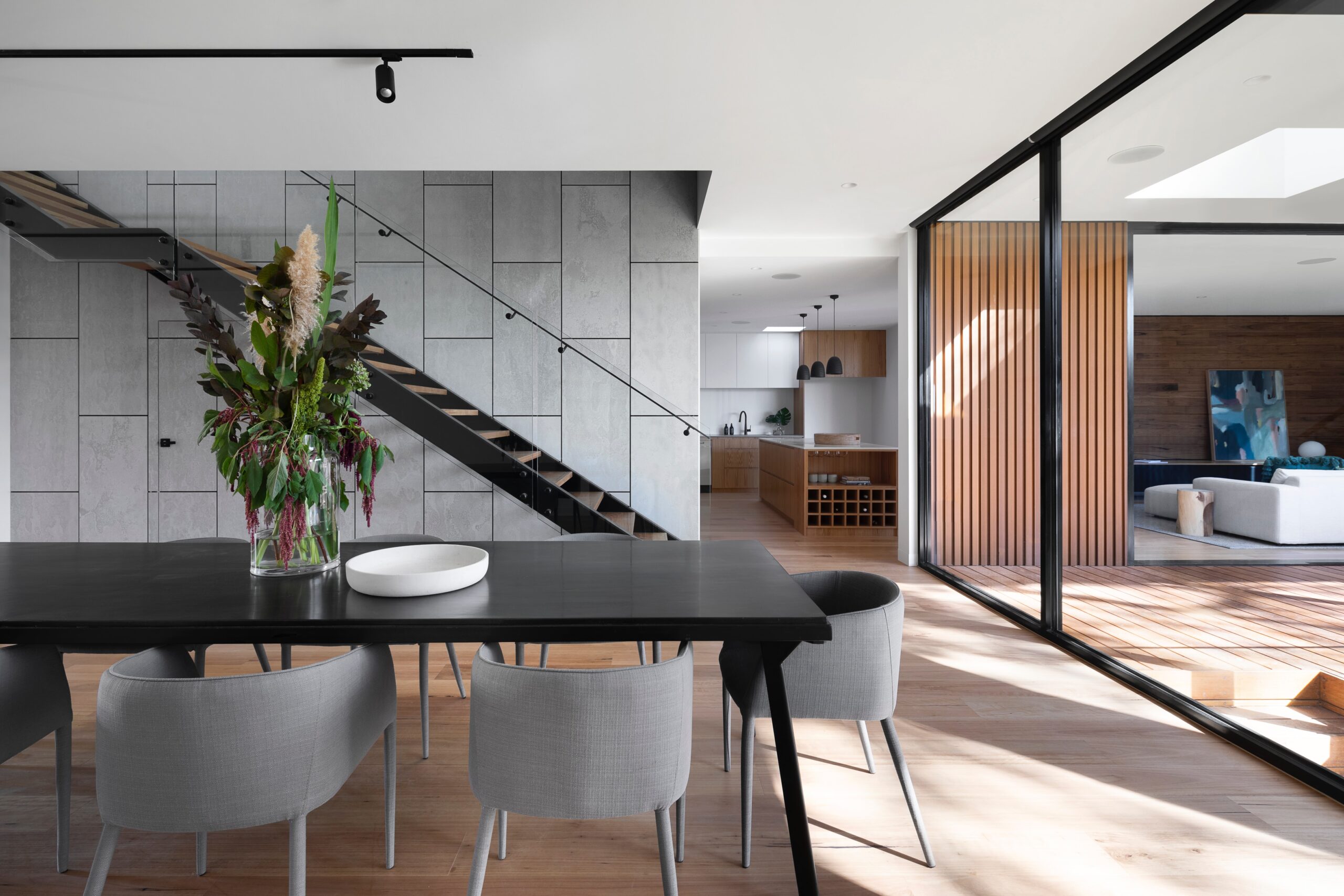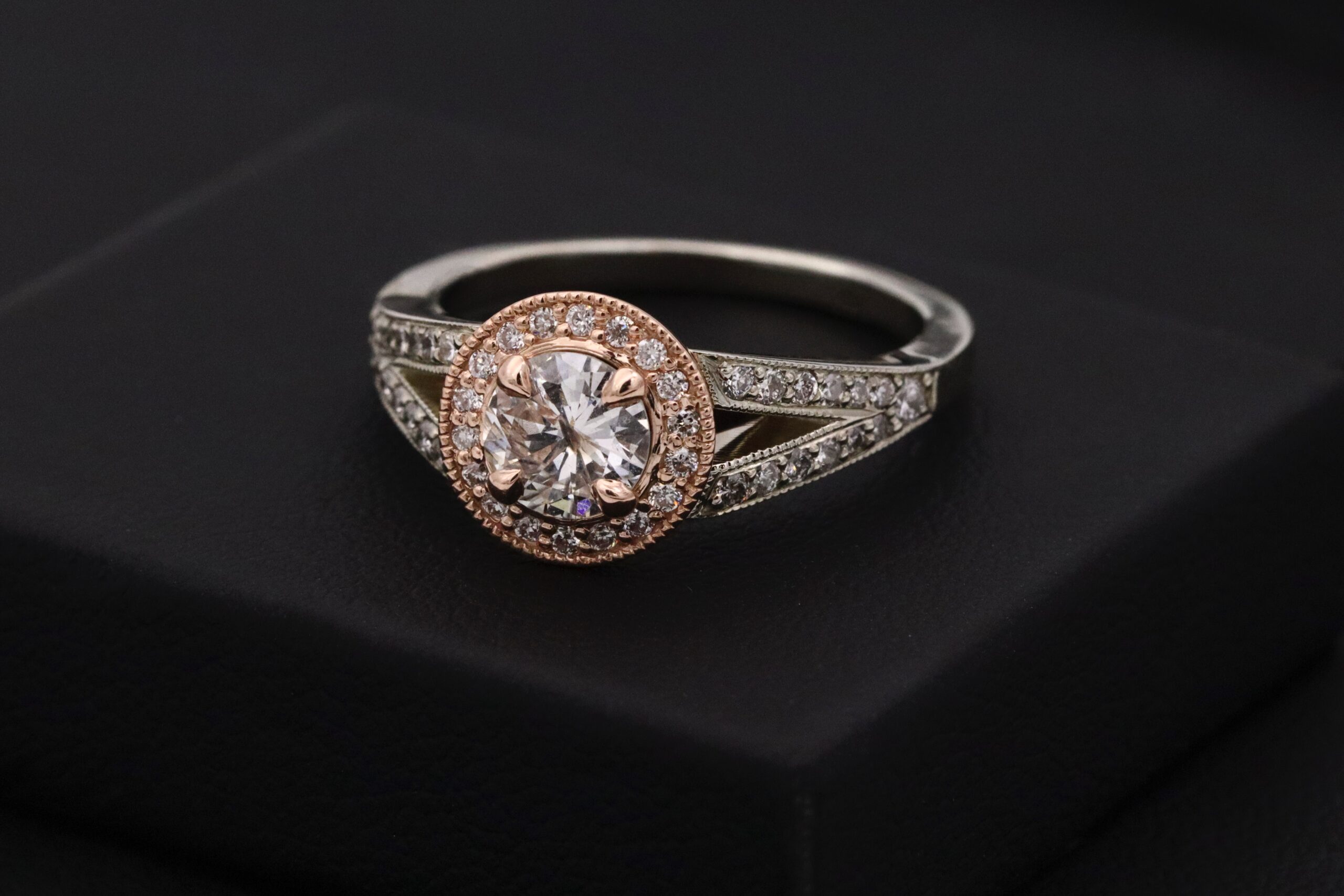
Do you have an old ceiling fan that needs to be replaced? Are you looking to make a room you use often a little more comfortable? Replacing an old ceiling fan or swapping out a light fixture for a ceiling fan is a job one person can usually handle alone. Here’s how to do this easy home improvement job.
Table of Contents
Stop Power to the Circuit
Before you start replacing an electrical fixture, always make sure to cut the power to the circuit that fixture is on. Turn off the breaker for the room. Try the lights to make sure the power is definitely off.
Take Down the Old Fan or Fixture
If you’re taking down an old fan, it’s easiest to take it down in pieces. Remove the fan blades from the motor housing, and for ceiling fans with large light fixtures, you can remove the light fixture, too. Then you loosen the canopy at the top of the downrod, slide it down the downrod, and disconnect the fan from the mounting plate in the ceiling. Disconnect the wiring and remove the mounting plate, too.
Light fixtures are usually a little easier to take down. Remove the glass cover or globe and the light bulbs. You should see screws in the base of the fixture. Take these out and the light fixture should separate from the ceiling. Pull on it gently until the wiring is exposed and then disconnect it.
Remove the Old Electrical Junction Box
The junction box in your ceiling may not be rated for ceiling fans. If it isn’t, you’ll need to replace it. The weight rating should appear on the junction box itself.
Cut a New Hole, If Necessary
If your fixture was not positioned directly below a joist, you may want to relocate your fan so that you can anchor it to a joist. Locate the ceiling joist nearest to where your fixture was and use a hole saw to cut a hole in the ceiling below the joist. You can install a ceiling medallion around the new hole to cover the original hole.
Add a Fan Brace Inside the Ceiling
If your fixture wasn’t located directly under a joist, you don’t have to move it. You can install a fan brace inside the ceiling, either from below or from above. If you have access to the ceiling in question from above, you can fasten a length of two-by-four wood between the joists on either side of your ceiling hole, so that it crosses over the hole. From below, you can insert an expanding metal fan brace that digs into the joists on its own when fully expanded.
Install a New, Fan-Rated Electrical Box 
If you’ve had to install a fan brace into your ceiling, or move your fixture location to access a joist, then you need to install a new, fan-rated electrical box. Secure it to the fan brace or joist and pull the ends of your wiring down into it.
Hang the Fan Motor
Before you hang the fan motor, read the fan’s assembly instructions and assemble the fan motor on the floor. You might have to attach a downrod, unless you bought a flush mount fan. Fasten the ceiling mounting plate to the electrical box and then hang the fan motor. There should be a hook of some kind on the mounting plate that will allow you to hang the fan motor temporarily and free up your hands to do the wiring work.
Connect the wires coming out of your fan motor to the wires coming out of your house, coordinating them by color. Like colors should connect to like colors – so white to white, black to black, and green or bare to green or bare. The green or bare wire is the ground wire, and should wrap around the green ground screw on the side of the electrical box before connecting to the ground wire coming out of the fan.
Once you have the wiring connected, you can move the fan motor up into place and screw it to the ceiling mounting plate.
Add the Fan Blades and Lights to the Fan
With the fan motor connected and securely attached to the ceiling, you can attach the blades and light fixture to the ceiling fan. The blades likely have blade irons that need to be attached to the blades before the blades can be fastened to the fan motor housing. The light fixture may need to be wired up using the same technique you used to wire up the motor itself. However, sometimes the light fixtures on ceiling fans just plug into the motor housing.
Finally, make sure all your fan blades are the same distance from the floor. Then you can turn the breaker back on and see how your new fan works.



